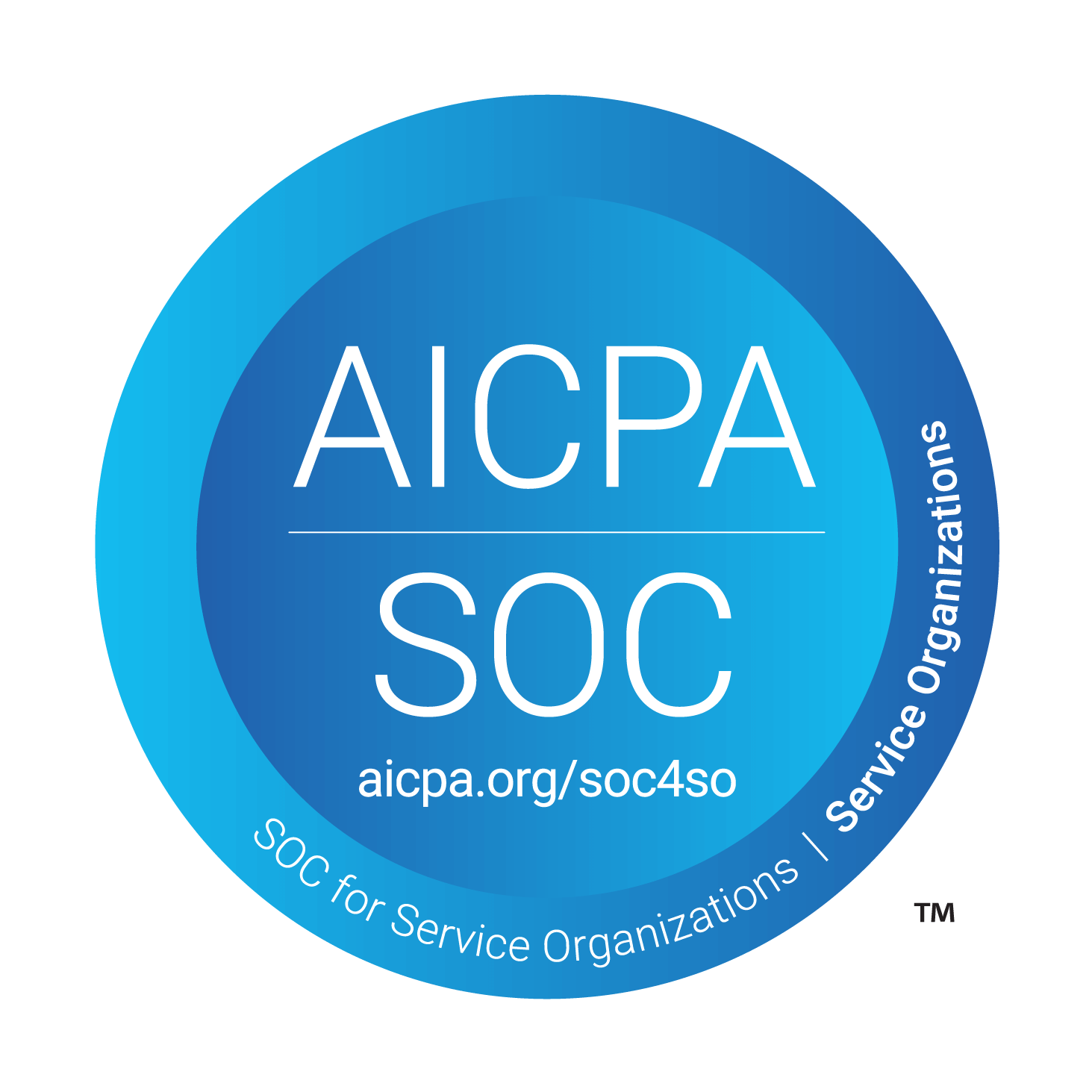What Is The Difference Between A Customer Community And A Community Of Practice?
Jan 20, 2023

Hannah Rafter
Global community manager @ Uizard
Intro
Many managers and leaders working within forward-thinking organizations have been striving to demonstrate the importance and value of effective engagement with their brands' community for many years. With hundreds of companies now successfully running community-led organizations (wow, trendy!), it seems the voices of community managers are beginning to get heard. More businesses than ever before are keen to understand how they can utilize 'community' to benefit wider business goals.
Community-led strategies are still pretty new and upcoming, causing the general approach to 'community' to change constantly. Whilst adopting a standardized method will not suit all, successful guidelines have been developed with effective practices to follow.
By now, it has been proven undeniable that launching a community initiative has the power to impact and effect real change across many departments in the business. As a first step in deciding which road to follow in your company's community strategy, you should be clear on what you are trying to achieve. What are the key business goals that you want to benefit?
Increase customer retention?
Lower customer support costs?
Increase user acquisition?
Increase brand awareness?
Improved product feedback & communication?
Regardless of there not being a 'one size fits all' approach, the next step, depending on your chosen objectives, is to either proceed with a 'customer community' or a 'community of practice'.
Let's dive a little deeper into what communities of practice and customer communities are, the differences, what the day-to-day management activities are like, and which key business goals they serve.
Customer community
When building a customer community, you are looking to:
Increase customer retention through an improved customer experience by creating a feeling of belonging and community around your brand. This is a more effective way for your customers to get their questions answered and give them the feeling that their voices are being heard when providing product feedback and catering the product more to their needs.
Lower support costs by providing an effective self-support environment that increases the amount of deflected support tickets.
Improve product feedback and customer communication by delivering a dedicated environment that allows your customers to directly speak their minds about your product & be involved in the decision-making process of new features. This is a great opportunity for you to gain insights into customer needs by managing customer feedback from many channels efficiently, making data-driven decisions and communicating effortlessly back to your customers. This will close any feedback loops you have, give you the ability to share your roadmap, announce feature releases and perform other communications in one centralized place.
The importance of managing a customer community lies in making sure that your customers can always find the answers to their questions in your community environment. Besides moderating the content that members post in the community, you will be creating rich resources for your knowledge base in your community environment.
You will also be nurturing your most engaged customers to participate pro actively, answer unanswered posts, and get the conversation to be about more than just your tool. This will in turn, encourage human connection and generate a feeling of belonging and community around your brand. It will also be incentivizing, communicating and reviewing product feedback and handling most of the customer communications. A dedicated customer community platform that allows you to centralize and integrate as much of the customer processes as possible has become a must in nurturing your customers' engagement in a community environment to benefit your customer retention, support costs, and product feedback.
Community of practice
When building a community of practice, you are looking to:
Create brand awareness with non-customers that are in your target audience by creating a community that is about your niche or a specific day-to-day practice of your target audience in which your company's product could play a role.
Increase user acquisition by converting the leads from your target audience into customers of your company's product.
The importance of a community of practice lies in reaching your target audience with valuable niche-specific content that is located in your community. Afterwards, it is about exposing them to the brand and its products to convert them into customers. This results in you focusing less on member-related activities, besides moderating the content that members post in the community, and more on hosting niche-specific events, webinars, creating resources, promoting member-generated content online, and getting influencers in your niche to participate. This is all to expose your target audience to the value of your community for them. Down the line, this will become a great hub of potential customers for your company.
Can a community touch both use cases?
Although these two types of communities are very different and have different goals for the company, it is essential to note that you can create a community that touches both non-customers and customers. For example, in a customer community, it is also of value to allow the conversation to be about more than just your tool. By having a channel dedicated to general niche topics where applicable value for your customer base is shared, posted, and discussed, you create that extra incentive for your users to adopt and return to your community. This leads to more engagement with your customer community and, therefore, also ensures more usage of self-support through the community and strengthens the community around the brand, creating more benefits for customer retention, support costs, and overall customer communication.
On the other end of the spectrum, we have a community of practice. For a community of practice, striving to convert non-customer community members into customers, it is also of value to have more brand presence and insights behind the curtain of the product. When a non-customer has become a member of your community, and you want to nurture that prospect into becoming a customer of your company's product, it is of real value when that prospect knows what he can expect when he becomes a customer. This way, in a community that touches both ends of the spectrum, potential customers can get insights into other customers' feedback, upcoming features, and the effectiveness of your offering. They will also get a glimpse of how the product works and how difficult it is to use it (especially when customer onboarding is integrated or centralized into the community environment). This ultimately creates a scenario of more transparency, with a quicker conversion. Potential customers will feel a stronger attachment to the value they get from the community with the brand.
Conclusion
All in all, it is not always black and white. You can create a customer community or a community of practice. Still, communities that touch both ends of the spectrum allow for increased community performance and an increased effect on your key business goals. Every brand needs to identify its goals and decide on which way of using community, and combining these two scenarios works best for their specific audience. In essence, the aim of every community should be to provide the most value to its audience while achieving and moving the needle on key business goals.
Your community will become your company's biggest asset when you reach that goal.





